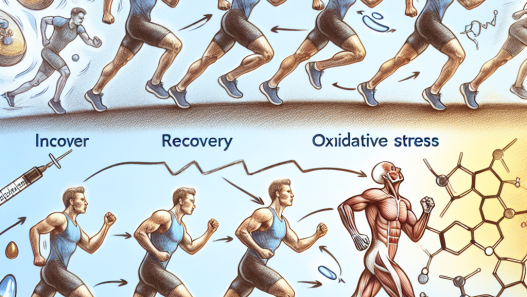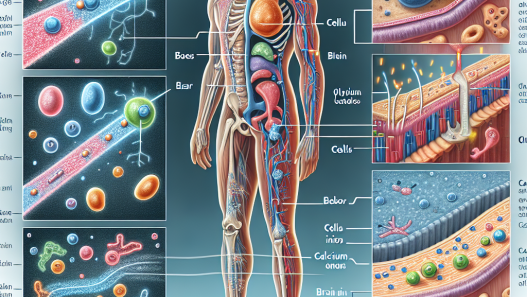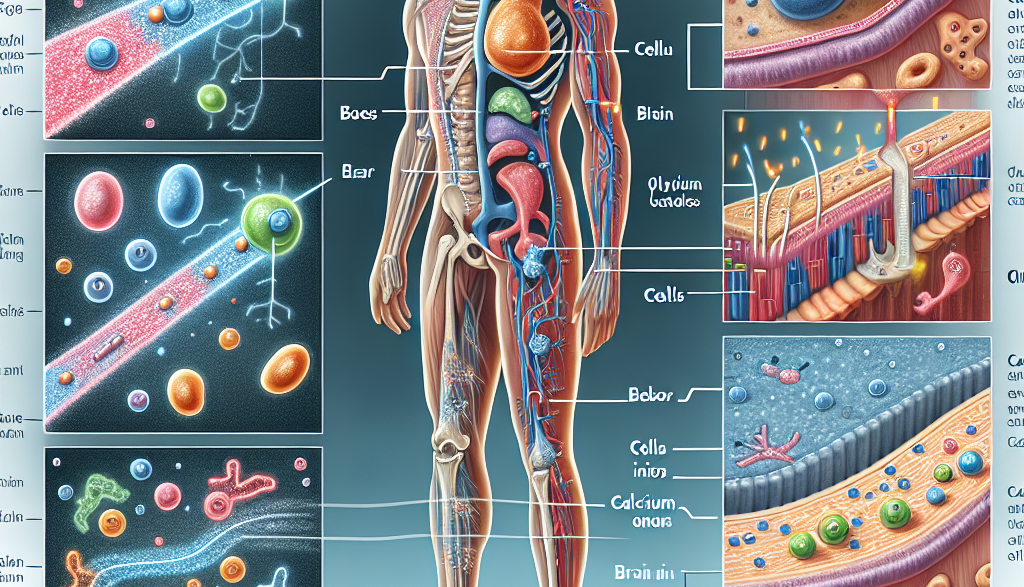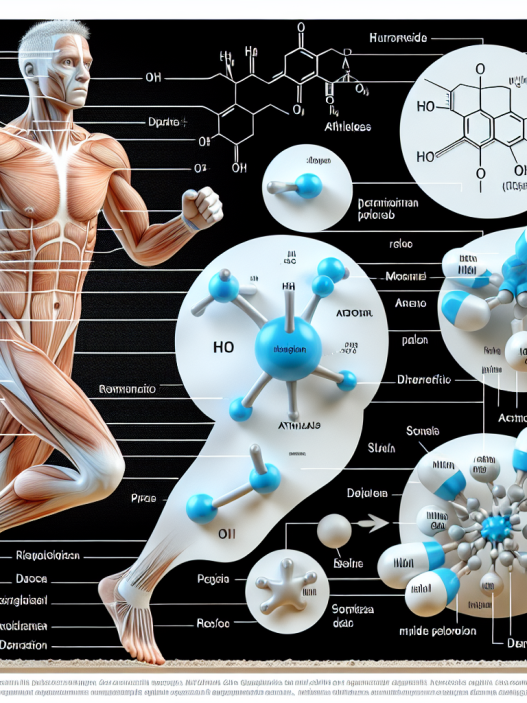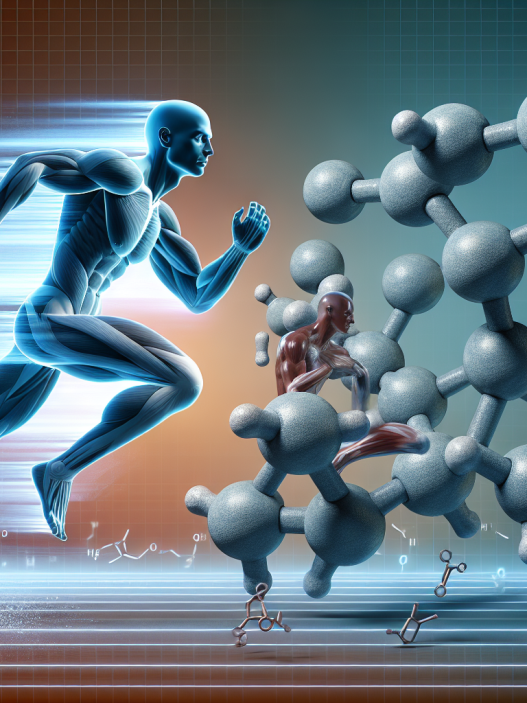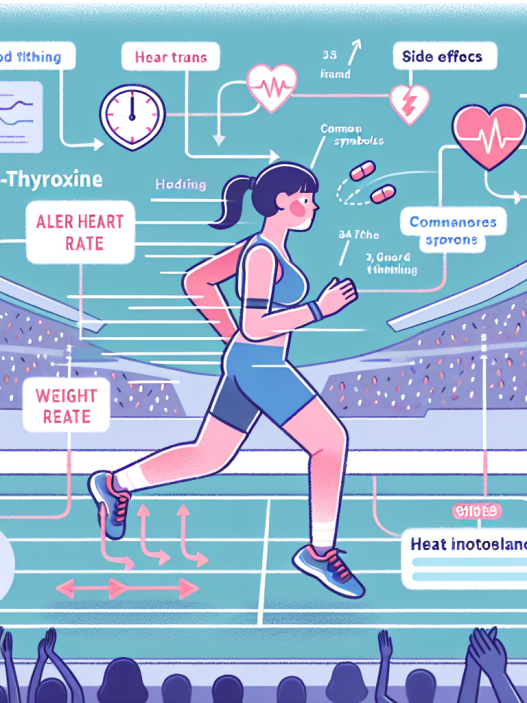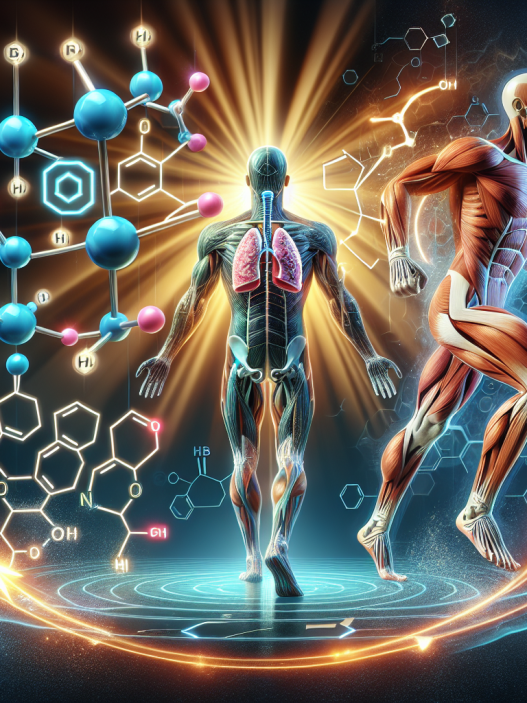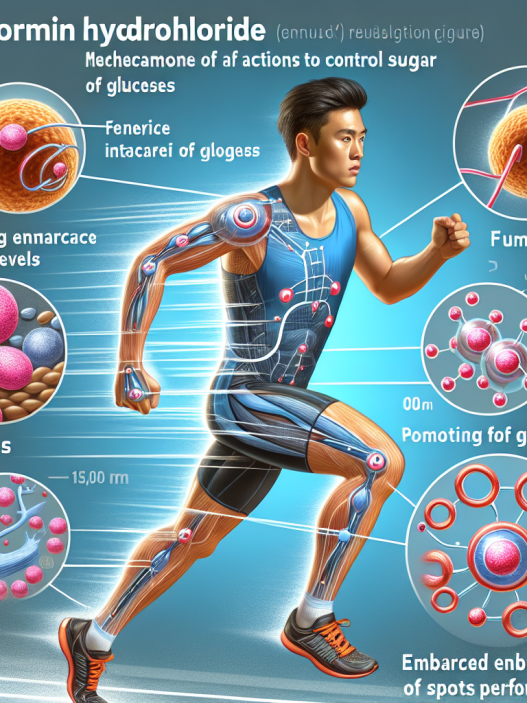-
Table of Contents
ECA Mechanisms Explored in the Human Body
The use of ergogenic aids, substances or techniques that enhance athletic performance, has been a controversial topic in the world of sports. While some aids, such as anabolic steroids, have been banned due to their harmful effects, others have been widely accepted and used by athletes. One such aid is the ECA stack, a combination of ephedrine, caffeine, and aspirin. This stack has been popular among athletes for its ability to increase energy, focus, and endurance. In this article, we will explore the mechanisms of action of each component of the ECA stack and how they work together to enhance athletic performance.
Ephedrine
Ephedrine is a sympathomimetic amine that acts as a stimulant on the central nervous system. It is derived from the plant Ephedra sinica and has been used in traditional Chinese medicine for centuries. In the human body, ephedrine binds to and activates adrenergic receptors, specifically alpha and beta receptors. This leads to an increase in the release of norepinephrine, a neurotransmitter that plays a key role in the body’s fight or flight response.
One of the main effects of ephedrine is its ability to stimulate the sympathetic nervous system, which is responsible for the body’s response to stress. This results in an increase in heart rate, blood pressure, and breathing rate. These physiological changes can be beneficial for athletes as they can improve oxygen delivery to muscles and increase energy levels.
Ephedrine also has a thermogenic effect, meaning it increases the body’s metabolic rate and heat production. This is due to its ability to stimulate the release of catecholamines, such as adrenaline and noradrenaline, which can increase the breakdown of fat for energy. This can be advantageous for athletes looking to improve their body composition and increase their endurance.
Studies have shown that ephedrine can improve athletic performance in various sports, including cycling, running, and weightlifting. In a study by Bell et al. (1996), it was found that ephedrine supplementation improved cycling performance by 3.1% compared to a placebo. This improvement was attributed to the increase in heart rate and oxygen consumption caused by ephedrine.
Caffeine
Caffeine is a stimulant that is commonly found in coffee, tea, and energy drinks. It is the most widely used psychoactive substance in the world and has been used for its performance-enhancing effects for centuries. Caffeine works by blocking the effects of adenosine, a neurotransmitter that promotes relaxation and sleep. This leads to an increase in the release of dopamine, a neurotransmitter that is associated with pleasure and motivation.
One of the main effects of caffeine is its ability to improve mental alertness and focus. This is due to its ability to increase the activity of the central nervous system, resulting in improved reaction time and decision-making skills. Caffeine has also been shown to reduce feelings of fatigue and improve mood, which can be beneficial for athletes during training and competition.
Caffeine also has a thermogenic effect, similar to ephedrine, by increasing the body’s metabolic rate and heat production. This can lead to an increase in fat oxidation and energy production, which can improve endurance and performance. In a study by Graham et al. (1998), it was found that caffeine supplementation improved cycling performance by 7.5% compared to a placebo. This improvement was attributed to the increase in fat oxidation caused by caffeine.
Aspirin
Aspirin, also known as acetylsalicylic acid, is a non-steroidal anti-inflammatory drug (NSAID) that is commonly used to relieve pain and reduce inflammation. It works by inhibiting the production of prostaglandins, which are responsible for causing pain and inflammation in the body. Aspirin also has antiplatelet effects, meaning it can prevent blood clots from forming.
In the ECA stack, aspirin is used to enhance the effects of ephedrine and caffeine. It does this by inhibiting the breakdown of catecholamines, such as adrenaline and noradrenaline, which are released by ephedrine and caffeine. This results in a longer duration of action for these stimulants, leading to prolonged effects on the body.
Aspirin also has a mild analgesic effect, which can be beneficial for athletes experiencing muscle soreness or injuries. In a study by Pluim et al. (2003), it was found that aspirin supplementation reduced muscle soreness and improved muscle function in athletes after intense exercise.
Synergistic Effects of the ECA Stack
While each component of the ECA stack has its own individual effects, it is the combination of these substances that makes it a powerful ergogenic aid. The synergistic effects of ephedrine, caffeine, and aspirin work together to enhance athletic performance in various ways.
Firstly, the combination of ephedrine and caffeine leads to an increase in the release of catecholamines, resulting in a greater thermogenic effect and fat oxidation. This can improve endurance and energy levels, allowing athletes to train harder and longer.
Secondly, the addition of aspirin prolongs the effects of ephedrine and caffeine, leading to a longer duration of action. This can be beneficial for athletes during competition, as they can experience the effects of the ECA stack for a longer period of time.
Lastly, the ECA stack has been shown to have a positive effect on mental alertness and focus. This can be attributed to the combined effects of ephedrine and caffeine on the central nervous system, resulting in improved reaction time and decision-making skills.
Safety and Side Effects
While the ECA stack has been widely used by athletes for its performance-enhancing effects, it is important to note that it can also have potential side effects. The most common side effects include increased heart rate, blood pressure, and anxiety. These effects can be more pronounced in individuals who are sensitive to stimulants or have pre-existing cardiovascular conditions.
It is also important to note that the use of ephedrine has been banned by the World Anti-Doping Agency (WADA) due to its potential for abuse and harmful effects. However, caffeine and aspirin are not banned and are considered safe for use in sports.
Conclusion
The ECA stack is a popular ergogenic aid among athletes for its ability to enhance athletic performance. The combination of ephedrine, caffeine, and aspirin has been shown to have synergistic effects on the body, resulting in improved energy, focus, and endurance. While the use of the ECA stack may have potential side effects, it can be a useful tool for athletes looking to improve their performance. As with any







